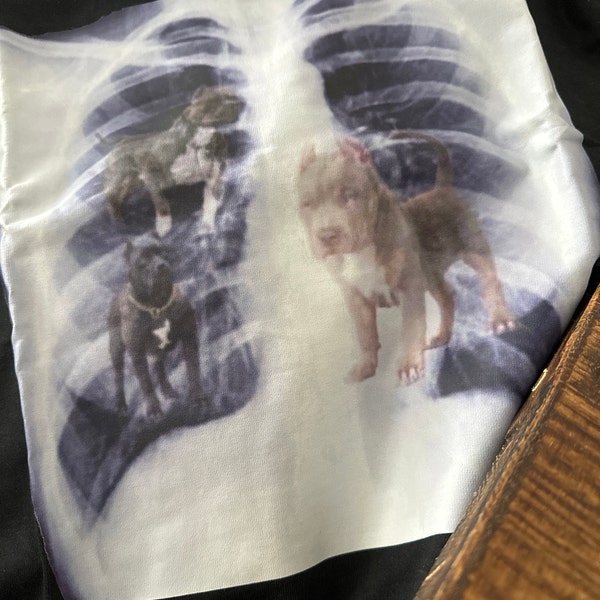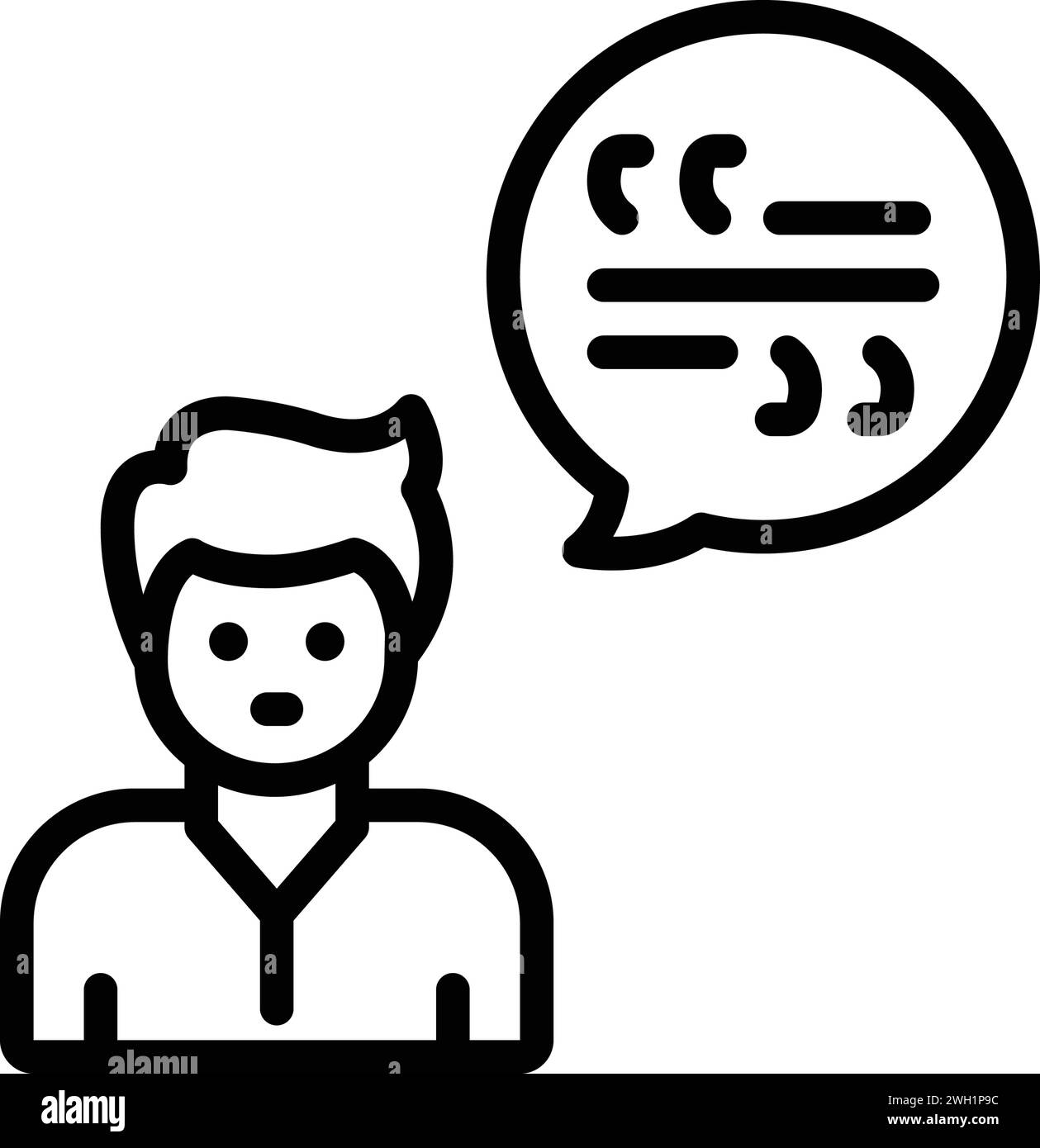Greetings And Citations Fine Shyts: The Ultimate Guide To Polished Communication
Apr 18 2025
Exploring the nuances of greetings and citations fine shyts is a journey into the art of refined communication. In an era where digital interactions dominate, understanding how to craft meaningful and polished expressions has become more crucial than ever. This guide dives deep into the realm of greetings and citations fine shyts, offering actionable insights and expert tips to help you elevate your communication game. Whether you're drafting professional emails, creating formal invitations, or preparing citations for academic papers, this article will equip you with the tools you need to stand out.
Communication is the cornerstone of human interaction. While casual messages suffice in informal settings, situations requiring a touch of sophistication demand a different approach. This is where greetings and citations fine shyts come into play. They represent a blend of elegance and precision, ensuring your words resonate with the intended impact. By mastering the art of crafting greetings and citations, you can leave a lasting impression on your audience, whether it's colleagues, clients, or academic peers.
As we delve into this topic, we'll uncover the secrets behind creating polished communication pieces that reflect your professionalism and attention to detail. From understanding the importance of tone to incorporating the right elements of style, this guide aims to provide comprehensive insights that cater to both beginners and seasoned communicators. Let's embark on this journey to refine your communication skills and discover the power of greetings and citations fine shyts.
Read also:Comprehensive Guide To Kaiser Permanente Baldwin Park Medical Center
Table of Contents
- What Are Greetings and Citations Fine Shyts?
- Why Are Greetings and Citations Fine Shyts Important?
- How Do You Master the Art of Crafting Greetings?
- Where Do Citations Fit in the Communication Landscape?
- Greetings and Citations Fine Shyts: A Historical Perspective
- Common Mistakes to Avoid in Greetings and Citations
- Can You Enhance Your Greetings with Personalization?
- How Do Citations Strengthen Your Arguments?
- Greetings and Citations Fine Shyts in Professional Settings
- What’s the Future of Greetings and Citations Fine Shyts?
What Are Greetings and Citations Fine Shyts?
Greetings and citations fine shyts refer to the refined and polished elements of communication that elevate your interactions to a higher standard. Greetings serve as the opening lines of your communication, setting the tone for what follows. Citations, on the other hand, provide credibility to your arguments by referencing authoritative sources. Together, they create a harmonious blend of warmth and professionalism, making your messages more impactful.
Why Are Greetings and Citations Fine Shyts Important?
In today's fast-paced world, where countless messages flood our inboxes daily, standing out requires more than just basic communication skills. Greetings and citations fine shyts add a layer of sophistication that captures attention and conveys respect. They demonstrate your ability to communicate effectively, whether you're reaching out to a potential client or submitting an academic paper.
How Do You Master the Art of Crafting Greetings?
Crafting greetings involves understanding your audience and tailoring your words accordingly. Begin by considering the context of your communication. Are you addressing a formal gathering or a casual acquaintance? The answer will guide your choice of words. Start with a warm salutation, followed by a brief introduction if necessary. For instance, "Dear esteemed colleagues" conveys formality, while "Hi there" suits a more relaxed setting.
Where Do Citations Fit in the Communication Landscape?
Citations play a pivotal role in establishing the credibility of your content. They provide evidence to support your claims, making your arguments more persuasive. Whether you're writing an academic paper or creating content for a professional audience, incorporating citations demonstrates your commitment to accuracy and integrity. They also acknowledge the contributions of others, fostering a culture of respect and collaboration.
Greetings and Citations Fine Shyts: A Historical Perspective
The tradition of greetings and citations fine shyts dates back centuries. In ancient civilizations, formal greetings were a sign of respect and hierarchy. Similarly, citations were used to attribute wisdom to revered scholars. Over time, these practices evolved, adapting to the changing needs of society. Today, they remain relevant, serving as tools to enhance communication and uphold standards of professionalism.
Common Mistakes to Avoid in Greetings and Citations
Even seasoned communicators can fall prey to common mistakes when crafting greetings and citations fine shyts. One frequent error is using overly complex language that confuses the reader. Simplicity and clarity should always take precedence. Another mistake is neglecting to cite sources properly, which can undermine the credibility of your work. Always double-check your citations for accuracy and consistency.
Read also:Unveiling Kylie Page Age A Comprehensive Guide To Her Life And Career
Can You Enhance Your Greetings with Personalization?
Personalization adds a human touch to your greetings, making them more relatable and engaging. Instead of generic salutations, consider incorporating the recipient's name or referencing a mutual interest. For example, "Hi Jane, I hope you're enjoying the new season as much as I am" creates a connection and sets a friendly tone. Personalized greetings can leave a lasting impression and foster stronger relationships.
How Do Citations Strengthen Your Arguments?
Citations serve as the backbone of persuasive communication. By referencing credible sources, you provide evidence to substantiate your claims. This is particularly important in academic and professional settings, where accuracy and reliability are paramount. For instance, citing a renowned expert in your field can lend authority to your arguments, making them more convincing to your audience.
Greetings and Citations Fine Shyts in Professional Settings
In professional environments, greetings and citations fine shyts can significantly impact your reputation. They reflect your attention to detail and commitment to quality communication. Whether you're drafting a business proposal or presenting a research paper, incorporating these elements enhances your professionalism. They signal to your audience that you value their time and respect their expertise.
What’s the Future of Greetings and Citations Fine Shyts?
As technology continues to shape communication, the future of greetings and citations fine shyts looks promising. Advancements in digital tools and platforms offer new opportunities to refine and enhance these practices. However, the core principles of respect, clarity, and credibility will remain unchanged. Embracing these principles will ensure that your communication remains relevant and effective in an ever-evolving world.
Final Thoughts on Greetings and Citations Fine Shyts
Greetings and citations fine shyts represent the essence of polished communication. They encapsulate the art of crafting messages that resonate with your audience and leave a lasting impression. By mastering these skills, you position yourself as a communicator who values professionalism and attention to detail. Whether you're addressing a formal gathering or engaging in casual conversation, incorporating greetings and citations fine shyts will elevate your interactions to new heights.
In conclusion, this guide has explored the importance of greetings and citations fine shyts in various contexts. From understanding their historical significance to mastering the art of personalization, we've covered a range of topics to help you refine your communication skills. Remember, effective communication is not just about what you say but how you say it. With practice and dedication, you can harness the power of greetings and citations fine shyts to achieve your communication goals.


